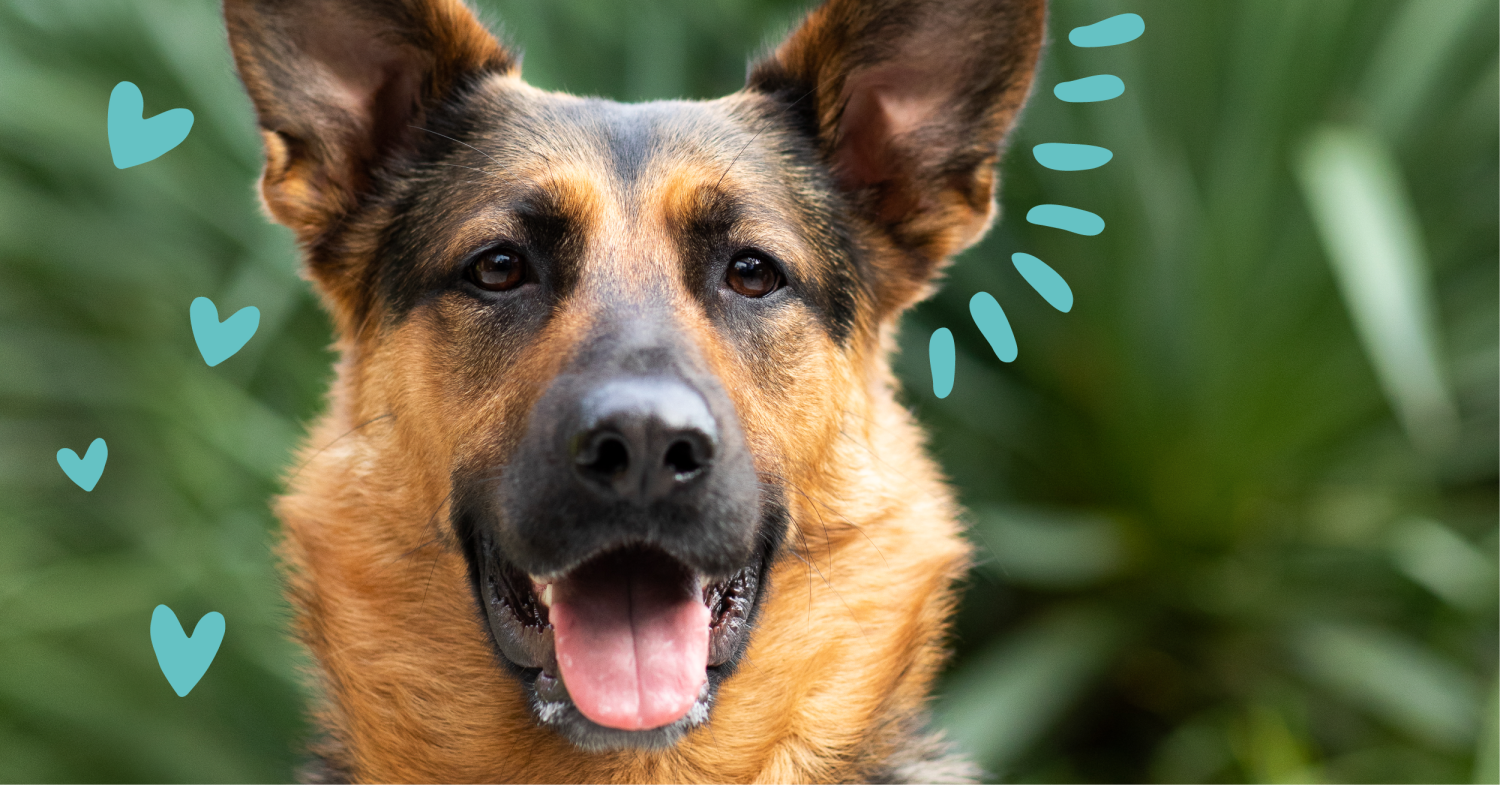How to remove a tick from a dog


If you go down to the woods today, beware of the troublesome tick looking for someone (or something) to hop onto. So, if your pooch is happily sniffing through the grass, they can quickly cling on and start feeding on their blood. They are active from March until November, once temperatures rise above 7-10° C. So, have a quick check through your dog’s coat after walks. Ticks can cause diseases if they carry certain bacteria, like Borrelia, which is linked to Lyme disease, and they can transfer that bacteria to your dog and cause harm. Therefore ticks should ideally be removed 12-24 hours after the bite. Here’s how:
1. Get your gloves on
Because ticks love to cling to animals and humans, it’s best to wear protective gloves when removing them. Try doing it when your dog is already calm and relaxed. If your dog is nervous or wriggling, you might need a helping hand and someone to distract and soothe while you get to work.

2. Grab the tick with a special tick-removing tool
Make sure you’re in a good light or use a torch because it’s super important that you remove the whole tick and not just its head. Use a special tick remover and position it under the tick’s body - close to your dog’s skin. There are a few different tick removers out there, so check the instructions to see whether yours is one you pull out straight or one you twist. Alternatively, you can use tweezers.
3. Twist or pull, depending on the instructions
If your tick remover looks like a small hook, you’ll need to twist clockwise motion a few times to get the tick out. Some other removers will ask you to pull in a straight line to get the tick loose. If you’re using tweezers, pull upwards in a straight line. Make sure you pull or twist with even, steady pressure to get it all out.

4. Check it’s completely gone
Once you’ve pulled or twisted the tick out, check that it’s entirely gone. If it’s torn - or the head is still burrowed into the skin - don’t worry. Just contact your vet, and they’ll advise you.
5. Dispose of the tick properly
We recommend putting the tick inside a small container and pouring on some alcohol. Then dispose of it in an outside bin. Or you could fold it in a bit of sticky tape and put it in the bin. Make sure you keep your gloves on and don’t dispose of the tick while it’s still alive.
6. Clean the bite and soothe your pooch
When you’re done, clean the bite area with rubbing alcohol and wash your hands thoroughly. Then, give your dog lots of cuddles to say well done.
Now you know what to do, so there’s no need to let these bloodsuckers spoil a good walk. But if you’re ever in doubt or are worried you haven’t removed the tick properly, just call your vet.

About Edgard & Cooper

Joyful pet food
Eating is one of life’s simple joys, so why overcomplicate things? Unlike most other pet foods, we treat nature’s ingredients with respect and make food that’s naturally healthy and full of flavour.

Play nice with nature
We’re on a mission to become the world’s most sustainable pet food. We love nature, so we pledge to make real, lasting change through our targets of zero carbon, fully sustainable packaging and ethically sourced ingredients.

Friends stick together
We donate 1% of our sales to the Edgard & Cooper Foundation, which works with charities that improve the lives of cats and dogs today, while protecting them tomorrow.







